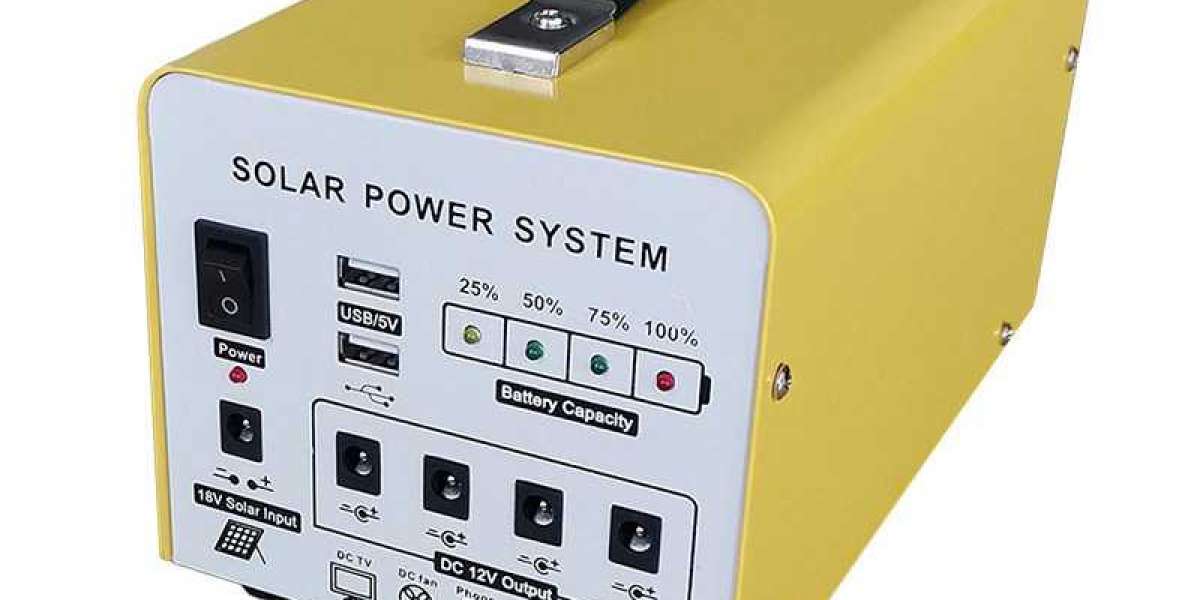Monocrystalline silicon solar panel system is currently the fastest developed solar panel system. Its structure and production process have been finalized, and its products have been widely used in space and ground. This solar cell uses high-purity monocrystalline silicon rods as raw materials. In order to reduce production costs, solar panel systems and other solar panel systems currently used on the ground use solar-grade monocrystalline silicon rods, and the material performance indicators have been relaxed. Some can also use the head and tail materials and waste monocrystalline silicon materials processed by semiconductor devices, and then redraw them into monocrystalline silicon rods dedicated to the solar panel system.
The single crystal silicon rod is cut into slices, and the slice thickness is generally about 0.3 mm. The silicon wafer is polished, cleaned and other processes to make the raw silicon wafer to be processed. The processing of solar cells requires doping and diffusion on the silicon wafer first. Generally, the dopants are trace amounts of boron, phosphorus, and antimony. Diffusion is carried out in a high temperature diffusion furnace made of quartz tubes. In this way, a PN junction is formed on the silicon wafer. Then, by screen printing method, the finely prepared silver paste is printed on the silicon wafer to form grid lines, and after sintering, the back electrodes are formed at the same time, and the anti-reflection source is coated on the surface of the grid lines to prevent a large number of photons. Reflected off by the smooth silicon surface. Therefore, the monolithic wafer of the monocrystalline silicon solar panel system is made. After random inspection, the single chip can be assembled into a solar panel system component according to the required specifications, and a certain output voltage and current can be formed by the method of series and parallel. Finally encapsulate with frame and material. According to the system design, the user can form the solar cell components into various sizes of solar cell arrays, also known as solar cell arrays. At present, the photoelectric conversion efficiency of single crystal silicon solar panel system is about 15%, and the laboratory results are also more than 20%.
The production of polycrystalline silicon solar panel system needs to consume a large amount of high-purity silicon materials, and the manufacturing process of these materials is complicated and the power consumption is very large, which accounts for more than half of the total production cost of the solar panel system. In addition, the drawn monocrystalline silicon rod is cylindrical, and the solar cell made by slicing is also a wafer, and the plane utilization rate of the solar module is low. Therefore, since the 1980s, some European and American countries have invested in the development of polycrystalline silicon solar cells.
Most of the polycrystalline silicon materials currently used in solar panel systems are aggregates containing a large number of single crystal particles, or are made by melting and casting waste single crystal silicon materials and metallurgical grade silicon materials. The process is to select polycrystalline bulk material or monocrystalline silicon head and tail material with resistivity of 100-300 ohm·cm, crush it, use a 1:5 mixture of hydrofluoric acid and nitric acid for appropriate corrosion, and then use Rinse with ionized water to be neutral and dry. Use a quartz crucible to load polycrystalline silicon material, add an appropriate amount of borosilicate, put it in a casting furnace, and heat and melt in a vacuum state. After melting, it should be kept for about 20 minutes, and then injected into the graphite mold, and after slowly solidifying and cooling, the polycrystalline silicon ingot is formed. This silicon ingot can be cast into cubes for slicing and processing into square solar cells, which can improve material utilization and facilitate assembly. The production process of polycrystalline silicon solar panel system is similar to that of monocrystalline silicon solar panel system. Its photoelectric conversion efficiency is about 12%, which is slightly lower than that of monocrystalline silicon solar panel system. , so it has been greatly developed.
As a portable solar panel system supplier, Lithium Hua New Energy Technology Co., Ltd. sells portable solar panel systems. There are many products, welcome to buy.








